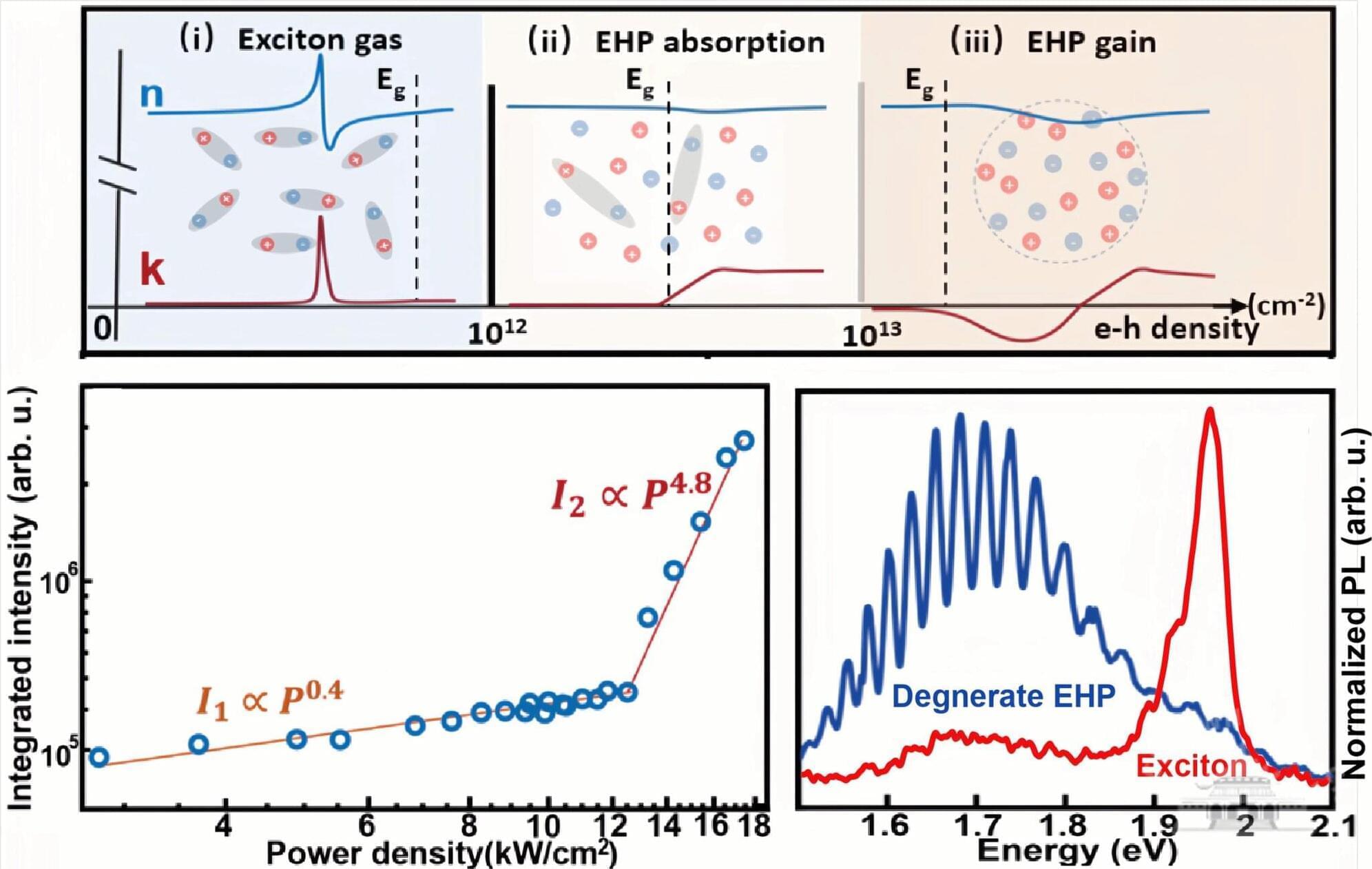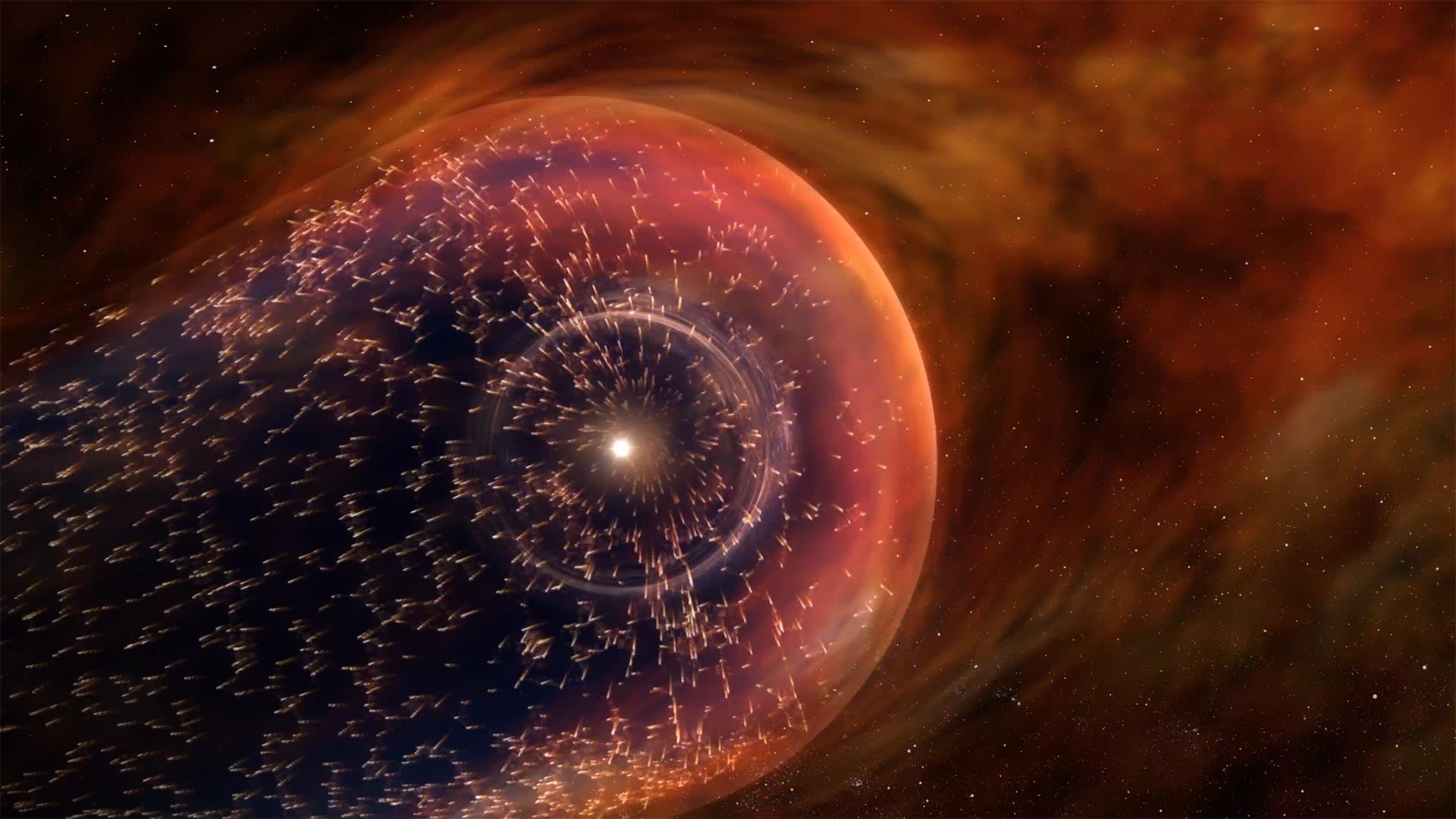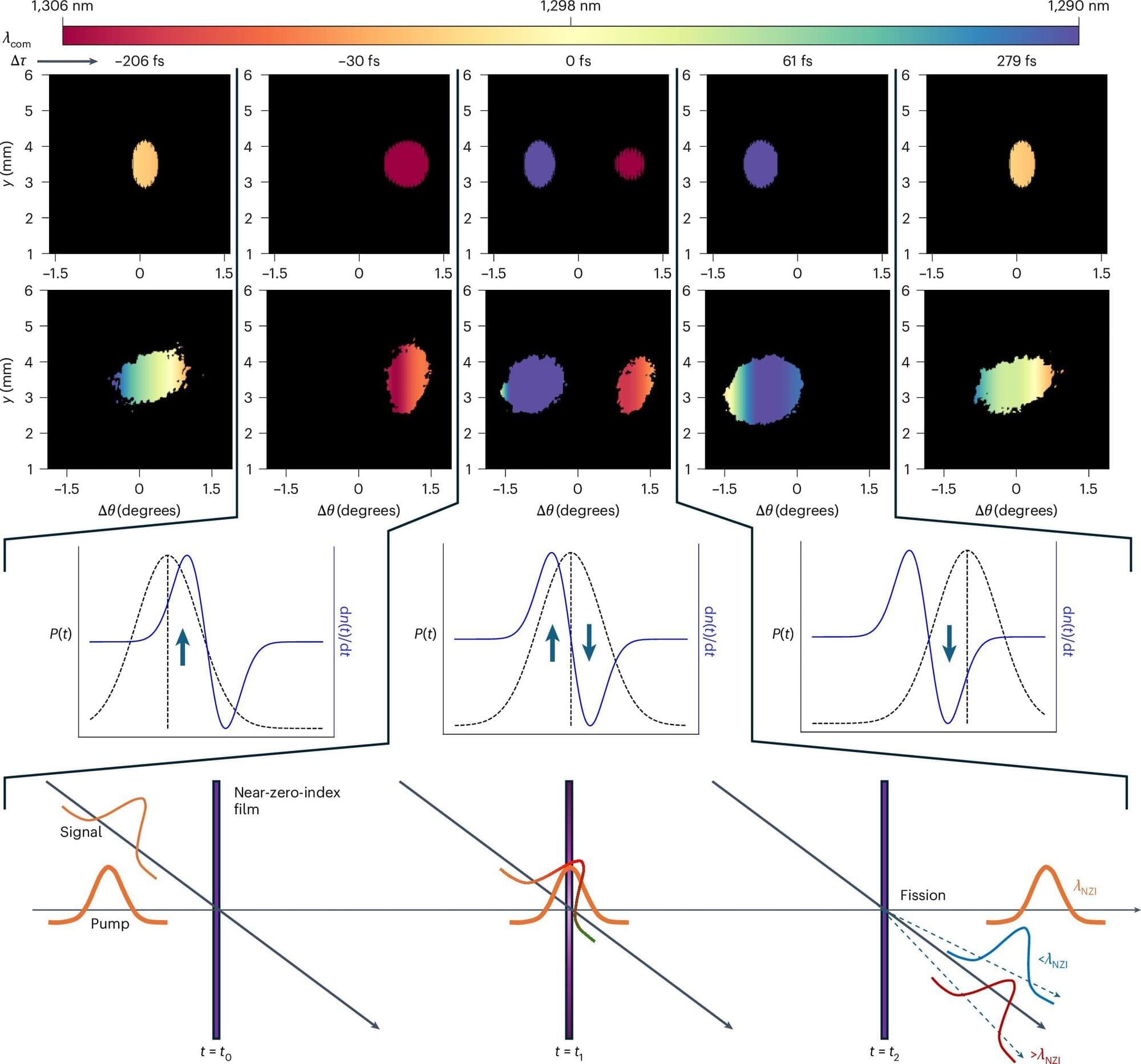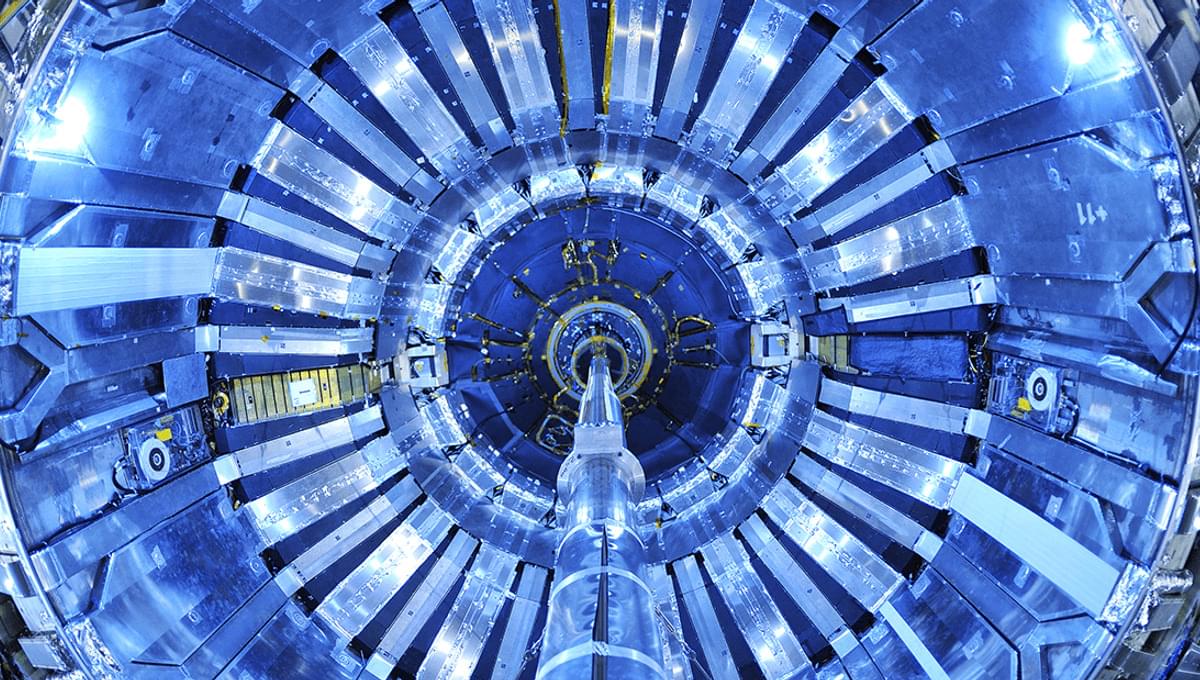Physicists have measured a nuclear reaction that can occur in neutron star collisions, providing direct experimental data for a process that had previously only been theorized. The study, led by the University of Surrey, provides new insight into how the universe’s heaviest elements are forged—and could even drive advancements in nuclear reactor physics.
Working in collaboration with the University of York, the University of Seville, and TRIUMF, Canada’s national particle accelerator center, the breakthrough marks the first-ever measurement of a weak r-process reaction cross-section using a radioactive ion beam, in this case studying the 94 Sr(α, n)97 Zr reaction. This is where a radioactive form of strontium (strontium-94) absorbs an alpha particle (a helium nucleus), then emits a neutron and transforms into zirconium-97.
The study has been published in Physical Review Letters.









